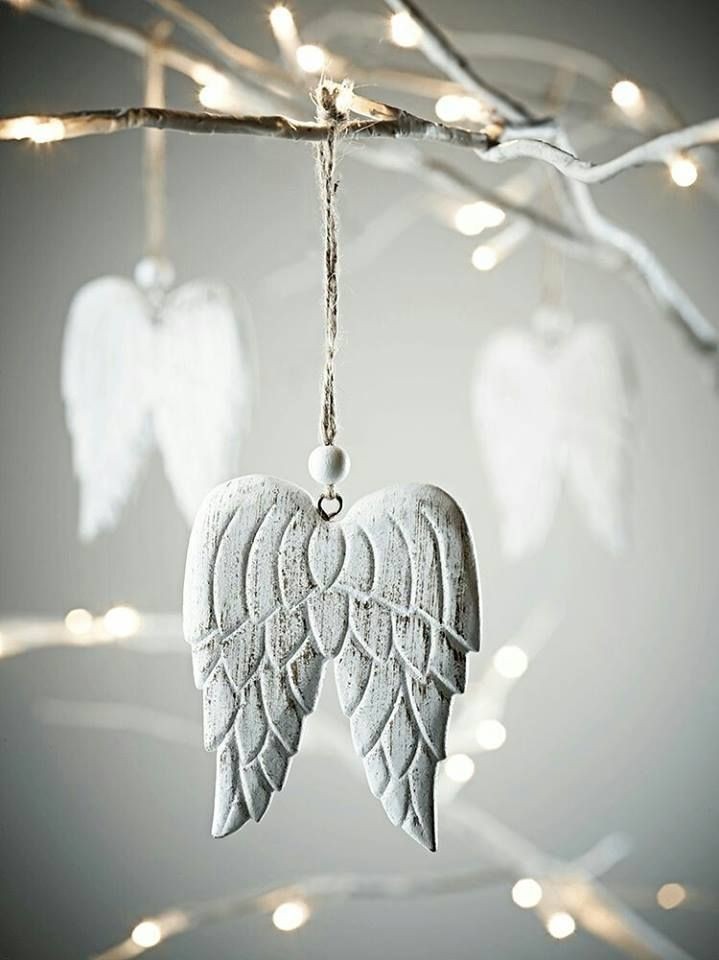The Power of Pastels: Art Therapy and Cognitive Behavioral Therapy Can Bring Joy and Hope.
- Koöko Fleurs
- Feb 15, 2024
- 3 min read
Updated: May 8, 2024

Art has long been recognized as a powerful tool for expression and healing. From cave paintings to modern day masterpieces, art has the ability to tap into our deepest emotions and provide a sense of catharsis. In recent years, the use of art therapy has gained popularity as a form of mental health treatment, particularly in combination with other therapeutic techniques such as Cognitive Behavioral Therapy (CBT). In this blog, we will explore the power of pastels as a medium for art therapy and how it can bring joy and happiness through the integration of CBT principles.
Art therapy is a form of psychotherapy that utilizes creative processes to improve one's mental, emotional, and physical well-being. It is based on the belief that the act of creating art can help individuals to express their thoughts and feelings in a non-verbal manner, which may be easier for some than traditional talk therapy. Art therapists are trained in both psychology and the creative arts, allowing them to guide individuals through the artistic process in a therapeutic way.
One specific medium that has proven to be effective in art therapy is pastels. These vibrant sticks of pigmented chalk can produce rich colors and textures that can evoke strong emotional responses. The tactile nature of pastels also adds another layer of sensory stimulation, making it an ideal medium for art therapy.
Pastels have been used in art therapy for various reasons, but one of its main benefits is its ability to evoke joy and happiness. The use of bright colors and the freedom to blend and create new shades can bring about feelings of playfulness and excitement. Pastels have also been found to have a calming effect on individuals, making them feel relaxed and at ease. This is especially beneficial for those struggling with anxiety or depression.
In addition to the emotional benefits, pastel art therapy also incorporates principles from CBT. CBT is a form of psychotherapy that focuses on changing negative patterns of thinking and behavior to improve overall mental health. It is based on the idea that our thoughts, feelings, and behaviors are interconnected, and by changing one, we can positively impact the others.
In art therapy, CBT principles can be integrated by using pastels to challenge negative thought patterns and promote positive thinking. For example, an individual struggling with low self-esteem may create a self-portrait using pastels. The therapist can then guide them in identifying and challenging their negative self-perceptions through the artwork. By creating a tangible representation of their thoughts and emotions, individuals can gain a new perspective and learn to reframe their thinking in a more positive light.
Another way pastels can be used in conjunction with CBT is through the creation of positive affirmations. Affirmations are positive statements that individuals can repeat to themselves to promote self-love and confidence. In art therapy, individuals can use pastels to create colorful and visually appealing affirmations that they can display in their home or office as a daily reminder of their worth and potential.
Moreover, pastels can also be used to explore and process difficult emotions in a safe and controlled environment. Many individuals struggle with verbalizing their emotions, but through pastel art therapy, they can express themselves through color and texture. This allows for a deeper understanding and acceptance of one's emotions, leading to increased self-awareness and emotional regulation skills.
The combination of art therapy and CBT through the use of pastels has proven to be effective in helping individuals cope with a variety of mental health issues, such as anxiety, depression, trauma, and more. It provides a unique and creative outlet for expression while also incorporating evidence-based techniques for improving overall well-being.
In addition to its therapeutic benefits, pastel art therapy is also accessible to people of all ages and artistic abilities. It does not require any prior training or experience, making it a suitable form of therapy for those who may be intimidated by traditional talk therapy.
To resume, the power of pastels in art therapy cannot be underestimated. Their ability to evoke joy and happiness, combined with the integration of CBT principles, makes them a valuable tool in promoting mental health and well-being. So the next time you feel overwhelmed or in need of some self-care, grab some pastels and let your creativity flow. You'll be surprised at the happiness and healing that can come from a simple stick of chalk.











Comments